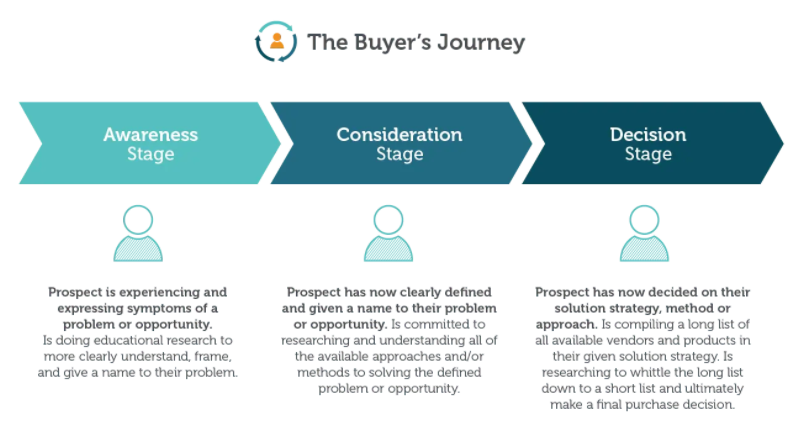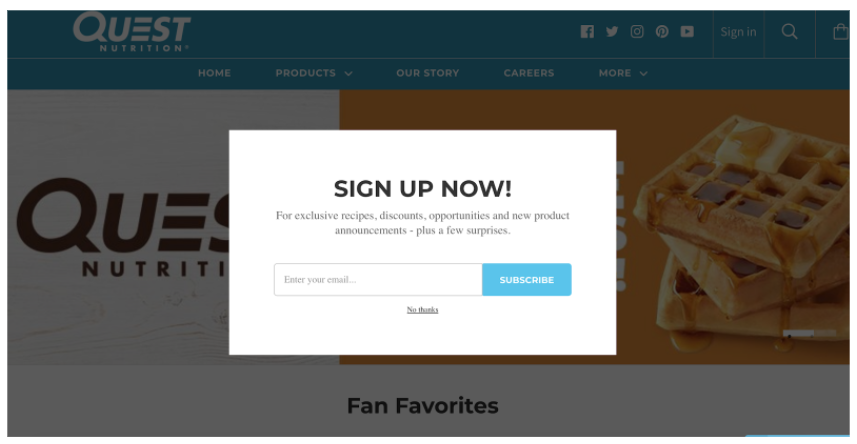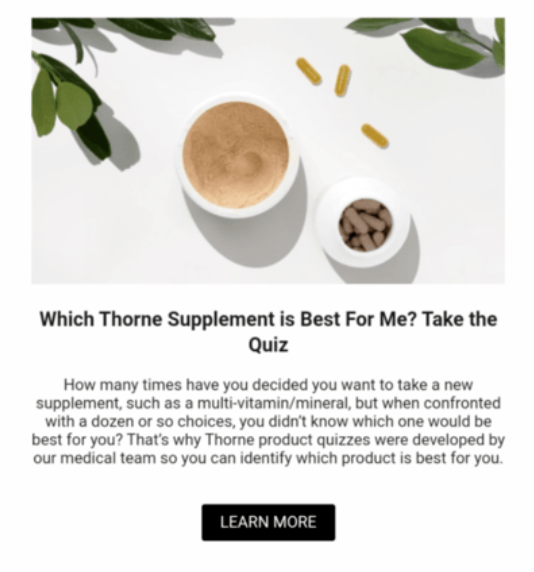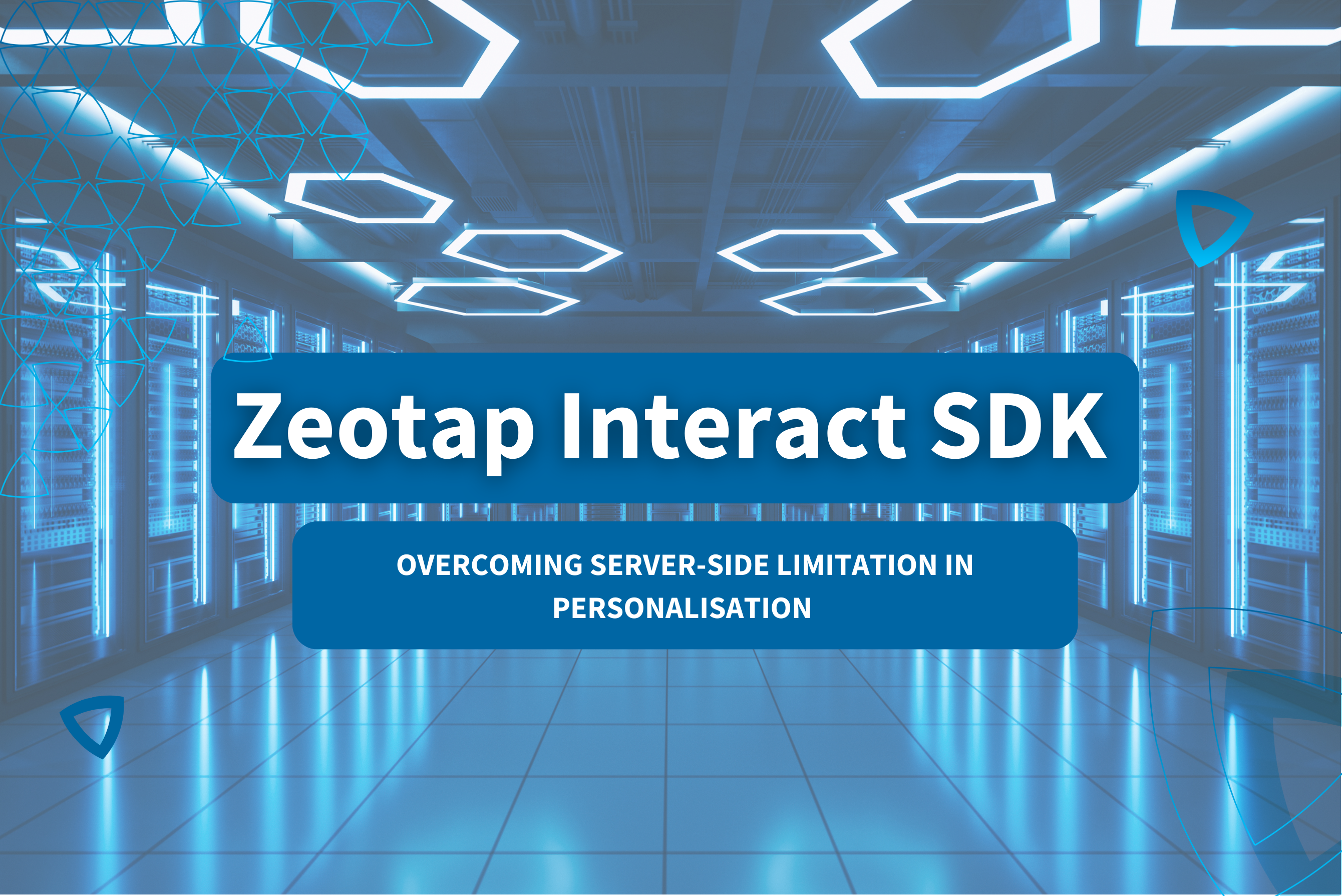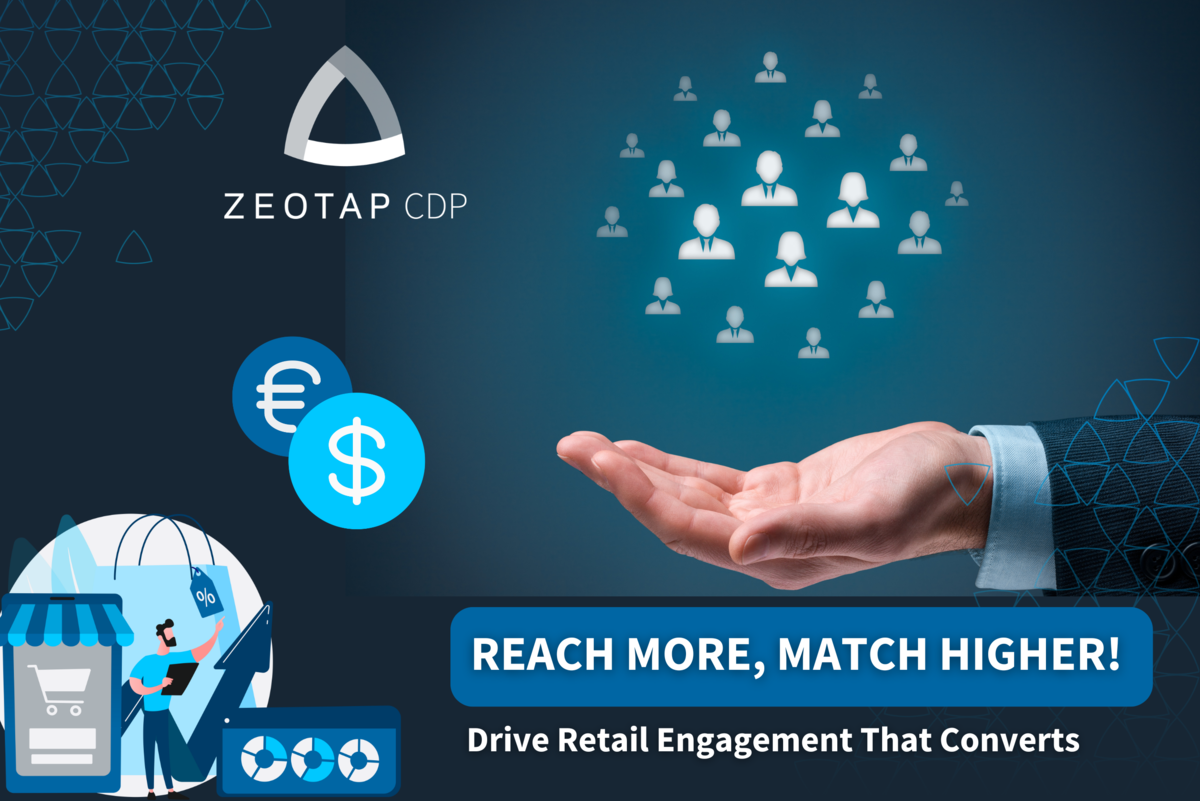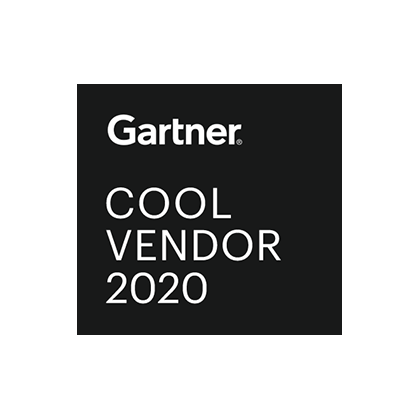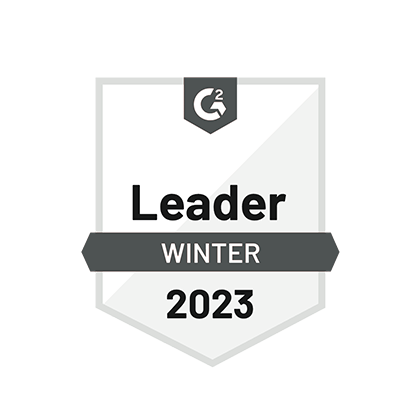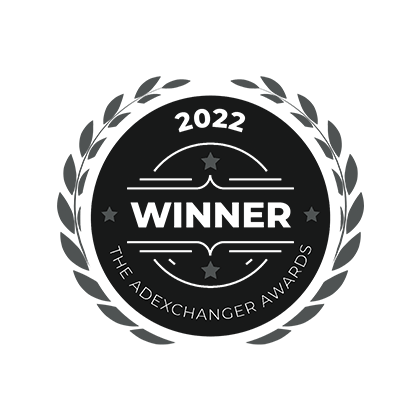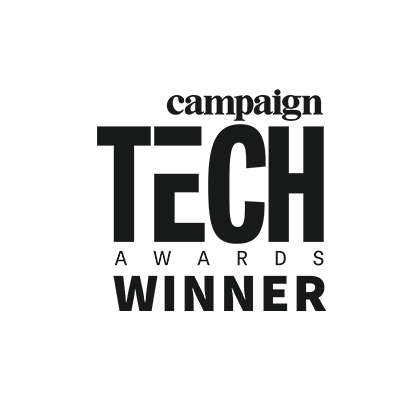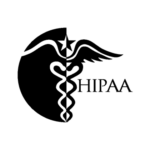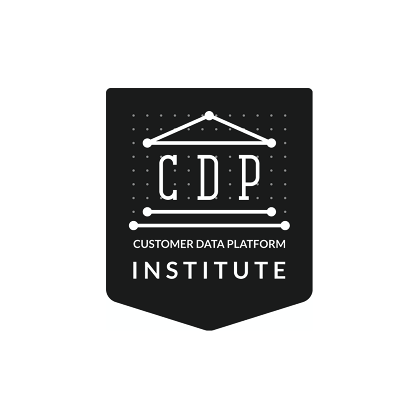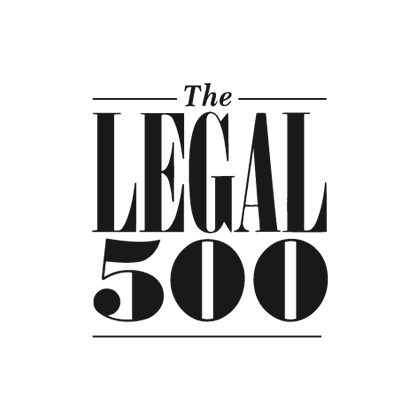The first step in implementing an effective email strategy is understanding where it fits into the buyer’s journey. The buyer’s journey typically starts with Awareness, moves through to Consideration, and finally results in Action.
To align correctly with the buyer’s journey, email marketing campaigns and their content should follow the same path by gradually building up to more calls-to-action as subscribers progress further down the funnel.
To streamline this process, we’ve outlined ideas and examples below you can use to execute the right content at every stage of the customer journey – plus, how to connect the data dots and reinforce your email marketing efforts using a Customer Data Platform (CDP).
What is the buyer’s journey?
The buyer’s journey is an active process by which buyers become aware of, consider and eventually purchase a new product or service.
It can be broken down into three stages:
- Awareness, where the prospective purchaser becomes aware of a problem they have and begins to research solutions
- Consideration, where the buyer has compiled research and now understands different solutions available to them
- Decision, where a prospective buyer will have decided on a purchasing solution.
The buyer’s journey is not as linear as the above image would suggest.
In today’s digital landscape, customers do not move through sequential steps from zero to purchase as the buyer journey is considerably more multi-dimensional and self-led.
With a variety of information and customer journey touchpoints accessible to prospective buyers at the awareness level and consideration stages, buyers control their own customer journey and regularly loop between different stages.
The result of this self-led journey is that sellers have fewer opportunities to engage and influence customer purchasing decisions. However, a great plus point is that most of today’s brand interactions are digital and automated, so marketers have more opportunities to influence and enhance the customer journey with AI-based tools.
Stage 1: Awareness
In the Awareness stage, new subscribers will have entered their buyer’s journey at the top of the funnel, showing interest in the content your business has to offer.
For many prospective buyers, subscribing to an email list will be the first time they will have interacted fully with your business – so in most cases, it’s unlikely that they’ll be ready to purchase. They’re also unlikely to engage with pushy or repetitive promotional emails because a large majority are likely to be irrelevant to their interests.
Instead, the Awareness stage should focus on producing content that answers prominent audience questions like:
- What does choosing to purchase from your business offer?
- Why should they stay subscribed to your email list?
- How will your business, product, or service benefit them?
Considering that welcome emails have an open rate of close to 50%, it becomes even more important to show new subscribers why they’ve made the right decision subscribing to your list.
However, remember that the goal of your introductory email is to turn those unsure subscribers into customers without making them feel as though they instantly need to spend money.
Instead, it’s time to nurture their trust in your brand by giving them value that they can use straight away.
Awareness Stage Email Ideas
To kick off a strong relationship with your new subscribers —and invoke their trust in your brand— consider sending the following types of content:
- Educational content like free eBooks, courses, and whitepapers that offer exclusive insight into your service or product, or are related to accomplishing something significant or new in your industry.
- Actionable content like templates and workbooks that help your new subscribers to work through a pain point they might be facing. This includes content pertinent to a particular industry, like an editorial calendar template.
- Impactful content like newsletters or educational bulletins that offer subscribers the chance to learn something new, or be informed ahead of time about a relevant trend or development.
Example Email: Quest Nutrition
Quest Nutrition is a good example of how to give visitors a reason to sign up for a newsletter. In the example below, they list the many perks that come with becoming an email subscriber:
Stage 2: Consideration
Once the customer is aware of your business and they like what you’re promoting, it’s likely that they are moving towards the Consideration stage – but they’ll need more information before making a purchase decision.
Though it may be clear that your prospective customers are interested in the products or services your company offers, pushing brand new subscribers toward purchase too quickly is likely to scare them off.
To counteract this, it’s best to try a softer approach by nudging customers toward your products with valuable content without making them feel as though they are being forced to buy something.
Consideration Stage Email Ideas
For customers in the Consideration stage, a marketer’s goal should be to begin to learn more about their interests. These insights can be gleaned through data captured both on your website and within your email campaigns.
Click-through rates, email opens, bounce rates, and behavioural actions taken on your site (like viewing products) can help you begin to identify which offers and products most align with your customers.
Your emails should then reflect this by beginning to introduce your product/service in more detail, explaining why the customer should care about it and even potentially displaying its value.
Example email ideas for this stage include:
- Previous successful customer journeys, displayed in content like case studies and testimonials
- Educational content like webinars, guides or tutorials.
- High-level resources that impart knowledge and provide value, like how-to guides.
- Clear calls-to-action positioned at the end of each email.
- Product/brand quizzes to reinforce product offerings
Example Email: Thorne
Thorne uses the Consideration stage to identify more about the customer and the products that might be suitable for them. After all, what better way to reinforce someone at this stage than a quiz that reassures them the product is exactly what they need?
Stage 3 – Decision
At this stage the prospect is almost ready to make a purchase, but they may need a final little nudge to get there. The decision stage is your chance to convince prospects that you have the right solution to their problem.
Decision Stage Email Ideas
Because the prospect is likely close to making a purchase decision, these emails should focus more on the transaction. Your approach to Decision stage emails will depend on your offer and the lead itself. However, keep in mind that successful Decision stage emails need to contain an offer or message that resonates and is 100% relevant to the recipient.
As far as the type of emails should you be sending at this stage, consider the following:
- Basket abandonment emails
- Free trial / consultations
- Time based offers / discounts
Example Email: Grammarly
Let’s take a look at Grammarly. You may have the free version of this Chrome extension installed—and Grammarly will know how much you use its software and use those stats in its Decision stage emails. In fact, everyone who uses the ‘freemium’ version will regularly get these emails. The “time-based premium offer” is a way for Grammarly to add urgency to the decision-making process while still offering an incentive to the customer.
Stage 4: Loyalty
It costs 6-7 times more to get new customers than it does to retain current ones; so once you’ve got them, you need to think about how you’re going to keep them. This is where a fourth—and arguably critical—stage of the customer journey comes into play: the Loyalty stage.
Loyalty Stage Email Ideas
With the right amount of customer data, you can create very granular and personalised Loyalty stage emails. For example:
- Automated loyalty emails (birthday discounts, anniversary emails, reminder emails)
- Cross-and upsell emails
- Exclusive offers
- New product release (based on previously bought items)
- Product/service review emails
Example Email: Bellroy
In this example, Bellroy deploys cross-selling and up-selling by offering products that complement previous purchases. Not only is it reaching out to customers with products they’re most likely to engage with, but it also shows the customer that the brand remembers them and understands their interests at a more personal level:
How to Keep Your Data Under One Roof
While it’s important to identify which types of content support each stage of the buyer’s journey, it’s equally important to address the foundation of an effective email strategy: the data.
Because customers traverse so many different touchpoints- and might even interact with multiple departments within your business- you’ll need one central source of truth to connect these data dots.
For example, the customer service department may have information about a customer, such as their recent queries, whilst the marketing department may have contextual information on the same customer, such as their purchasing habits. By failing to marry this information, it becomes increasingly difficult to achieve a 360 degree customer view.
This is where tools like Customer Data Platforms (CDPs) are the most beneficial. CDPs aggregate and organise customer data collected from a variety of sources, then structure that data into individualised customer profiles referred to as a ‘single customer view’. With this, you can connect the dots of the entire buying journey: for example, connecting a customer’s interactions on marketing channels to their customer experience records.
Next Steps
Aligning your email marketing to the buyer’s journey might seem overwhelming, but having a clear idea of the content you need and what you can send at each stage will make things much easier.
Most importantly, the tools you use to collect and manage your data is the foundation of a successful email strategy. Managing customer data interactions under one roof with tools like a CDP will help drive better personalisation, more relevance and yield happier customers.
Not sure where to start? Check out our guide to Customer Data Platforms to learn why marketers need a CDP, how other marketers use them, and a complete overview of how to choose the right CDP for you.
